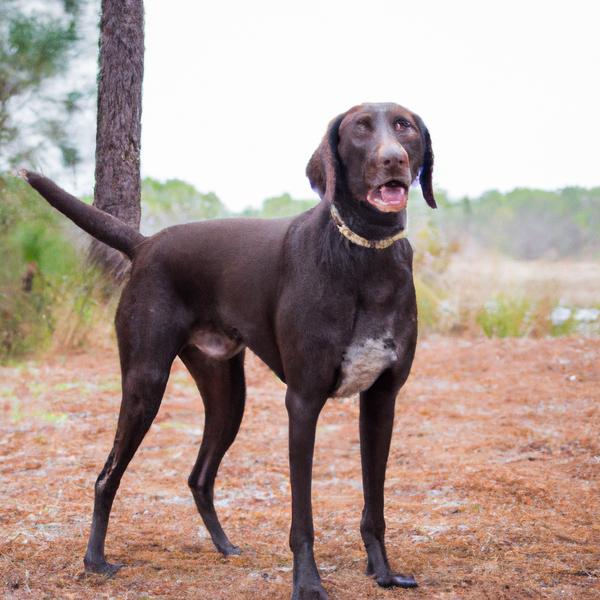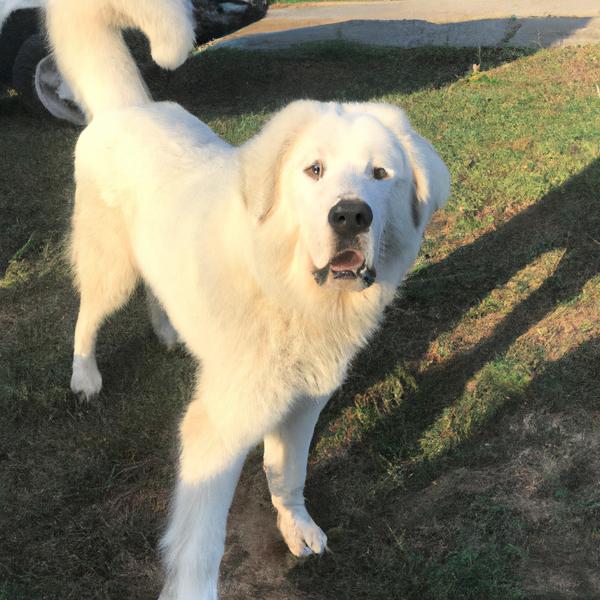German Shorthaired Lab vs. Great Pyrenees: Breed Differences and Similarities
Hypoallergenic
Are German Shorthaired Labs or Great Pyreneess hypoallergenic, or neither?
Unfortunately, neither German Shorthaired Lab nor Great Pyrenees are hypoallergenic, which may not make them the best choice for dog lovers who suffer from pet allergies.
Temperament
What are the personalities of German Shorthaired Lab and Great Pyrenees dogs?
Playful
Loving
Energetic
Alert
Intelligent
Friendly
Responsive
Affectionate
Loyal
Gentle
Going
Social
Trainable
Bold
Cheerful
Cooperative
Boisterous
Affectionate
Fearless
Patient
Confident
Gentle
Strong
Willed
Shedding Level
Do German Shorthaired Labs shed more than Great Pyreneess, or which breed sheds more, German Shorthaired Labs or Great Pyreneess?
German Shorthaired Labs are moderate shedders, but regular brushing can reduce shedding and maintain coat health.
Great Pyreneess are heavy shedders, but regular brushing can help manage shedding and promote a healthy coat.
Watchdog Ability
Which dog breed makes a better watchdog, the German Shorthaired Lab or Great Pyrenees?
The German Shorthaired Lab and Great Pyrenees dogs are some of the best choices if you want good watchdogs. These breeds will keep watch over you and your family at all times. They take this task seriously and will typically perform their guarding duty with little to no training. These dogs will require obedience training, or you can consider guard dog training to sharpen their skills.
Origin
What is the origin of German Shorthaired Lab and Great Pyrenees dog breeds?
United States
Asia
Ancestry
What are the origins of German Shorthaired Lab and Great Pyrenees breeds?
Labrador Retriever and German Shorthaired Pointer
Hungarian Kuvasz, Maremmano-Abruzzese
Breed recognition
Which kennel clubs recognize/register German Shorthaired Lab and Great Pyrenees?
ACHC = American Canine Hybrid Club
DDKC = Designer Dogs Kennel Club
DRA = Dog Registry of America, Inc.
IDCR = International Designer Canine Registry®
American Canine Registry
American Kennel Club
America's Pet Registry
Canadian Kennel Club
Dog Registry of America Inc.
Federation Cynologique Internationale
Kennel Club of Great Britain
North American Purebred Registry, Inc.
American Canine Association, Inc.
Australian National Kennel Council
Continental Kennel Club
National Kennel Club
New Zealand Kennel Club
United Kennel Club
Date of Birth
When were German Shorthaired Lab and Great Pyrenees breeds first developed?
Unknown
Ancient Times
Eye Color Possibilites
What are the eye colors of German Shorthaired Lab and Great Pyrenees dogs?
Brown
Brown
Nose Color Possibilites
What are the natural nose colors of German Shorthaired Lab and Great Pyrenees?
Black
Black
Coat Color Possibilites
What are the natural colors of the coat for German Shorthaired Lab and Great Pyrenees breeds?
Red
Brown
White
Black
White
Cream
Coat Length
What is the typical coat length for German Shorthaired Lab and Great Pyrenees breeds?
German Shorthaired Labs have medium-length coats.
Great Pyreneess have longer coats compared to most dogs.
Coat Density
What is the density of the coat of German Shorthaired Lab and Great Pyrenees?
Coat Texture
What is the hair texture of German Shorthaired Lab and Great Pyrenees?
Straight
Wavy
Litter Size
What is the usual litter size for German Shorthaired Lab and Great Pyrenees?
A German Shorthaired Lab can have a litter of 7-12 puppies on average. However, it's worth noting that the size of the litters can vary greatly. Factors that can influence litter size include the health of the mother, breeding history, and genetics.
A Great Pyrenees can have a litter of 10-12 puppies on average. However, it's worth noting that the size of the litters can vary greatly. Factors that can influence litter size include the health of the mother, breeding history, and genetics.
Adaptability
German Shorthaired Labs are highly adaptable and versatile, making them excellent companions for families and individuals of all lifestyles.
Great Pyreneess are known for their adaptability and can adjust well to different environments and lifestyle changes.
Health Issues
Between German Shorthaired Lab and Great Pyrenees, which breed is more prone to health problems?
The German Shorthaired Lab and Great Pyrenees breeds are commonly healthy with low vet costs, regular check-ups may not be as necessary but it's important to keep an eye on their health and have them checked by a veterinarian when needed.
Major Concerns
What are the major health concerns for German Shorthaired Lab and Great Pyrenees breeds?
Entropion
Hip Dysplasia
Bloat
Patellar Luxation
Elbow Dysplasia
Hip Dysplasia
Bloat
Addison's Disease
Minor Concerns
What minor health issues should be kept in mind when owning German Shorthaired Lab and Great Pyrenees?
Ear Infections
Entropion
Cataracts
Occasional Tests
What occasional tests are recommended for German Shorthaired Lab and Great Pyrenees breeds?
X-Rays
CT Scan
Eye Examination
Physical Examination
Ear Examination
Blood Work
Lab Tests
Eye
Hip
Knee
Blood Test
X-Rays
Physical Examination
Energy
How do the energy levels of German Shorthaired Labs and Great Pyreneess compare?
German Shorthaired Lab and Great Pyrenees breeds are known for their high energy levels, so if you're looking for a more low-key dog, these breeds may not be the best choice.
Social Needs
German Shorthaired Lab vs Great Pyrenees social needs comparison
German Shorthaired Lab and Great Pyrenees have above average social needs compared to other breeds. They thrive in environments where they have a lot of interaction with humans and other dogs.
Exercise Needed
German Shorthaired Lab vs Great Pyrenees exercise need comparison.
German Shorthaired Labs require significant physical activity and suit those with an active lifestyle.
Great Pyreneess need moderate physical activity and are great for families and active individuals.
Sleeping Need
Which of the two sleeps the most/least: German Shorthaired Lab or Great Pyrenees?
German Shorthaired Lab and Great Pyrenees are active dogs that may not require as much sleep as other breeds. However, they still need enough sleep to stay healthy.
Tendency to Bark
Do German Shorthaired Labs or Great Pyreneess bark more/less frequently?
German Shorthaired Lab and Great Pyrenees are vocal breeds, with a tendency to bark and howl frequently. They may not be the best fit for those seeking a quiet companion. Their barks can vary and can indicate different emotions and needs.
Mouthiness
Mouthiness Comparison: German Shorthaired Lab vs Great Pyrenees?
Roaming urge
German Shorthaired Lab vs Labrador: Running away tendency?
Prey Drive
German Shorthaired Lab or Great Pyrenees - which breed has a higher level of prey drive?
Past times
What are some enjoyable activities and ways to keep German Shorthaired Lab and Great Pyrenees entertained?
Dog Parks, Walk, Run, Snuggling
Sniff, Sit, Walk, Petting, Sniffing, Mouthing, Play, Being outside, People, Tug-of-war, Run, Walking, W, Hike, Going on drives, Car rides, Hiking, Tug of war, Hide and seek, Throw the ball
Activity Level
Which breed has higher energy, German Shorthaired Labs or Great Pyreneess?
German Shorthaired Labs are high-energy dogs. They need mental as well as physical exercise. These dogs require a lot of your involvement and without it they can, and will, become problematic dogs.
Great Pyreneess are medium-energy dogs and typically enjoy socializing and playing casual or even sustained games of chase with other dogs. They may also have occasional periods of barking or racing around the house.
Tolerance of being left alone
Walks per Week
How many miles should German Shorthaired Lab or Great Pyrenees walk each week?
German Shorthaired Lab and Great Pyrenees generally need a minimum of 12 miles of walking per week, but it can be increased as long as they are comfortable with it.
Activity per Day
Do German Shorthaired Labs or Great Pyreneess require more exercise?
In general most German Shorthaired Labs usually need at least 90 minutes of exercise daily. This can be spread across the day and include all sorts of high-energy activities, like walking, running and playing.
In general most Great Pyreneess usually need at least 60 minutes of exercise daily. This can be spread across the day and include all sorts of high-energy activities, like walking, running and playing.
Grooming
Which breed is easier to maintain in terms of grooming, German Shorthaired Labs or Great Pyreneess?
The German Shorthaired Lab is a low-maintenance breed that doesn't require much grooming.
The Great Pyrenees requires an average amount of grooming compared to other breeds.
Brushing Frequency
What is the recommended brushing frequency for German Shorthaired Lab and Great Pyrenees dogs?
German Shorthaired Lab and Great Pyrenees should be brushed at least once a week. Of course, you can give them more frequent brushes if you find that they are still shedding a lot.
Brushing Tools
What brushing tools are used for German Shorthaired Labs and Great Pyreneess?
Pin Brush
Deshedder
Nail Clipper
Pin Brush
Comb
Deshedder
Nail Clipper
Cups
How much food should be given to German Shorthaired Lab or Great Pyrenees in cups?
For an average 55-80 pound (25 - 36 kg) German Shorthaired Lab feed 3 cups daily. But, keep in mind, the amount you feed is going to be dependent on the quality of the food you are feeding.
For an average 100-140 pound (45 - 64 kg) Great Pyrenees feed 4.5 cups daily. But, keep in mind, the amount you feed is going to be dependent on the quality of the food you are feeding.
Daily Cost
Which breed has a higher daily cost, German Shorthaired Lab or Great Pyrenees?
The average cost of a German Shorthaired Lab is somewhere $2.10 - $2.70 per day.
The average cost of a Great Pyrenees is somewhere $4.20 - $4.90 per day.
Monthly Cost
Which breed has a higher monthly cost, German Shorthaired Lab or Great Pyrenees?
The average per month expenses of a German Shorthaired Lab is between $55 - $73. This makes an average of $660 - $876 per year. It will be on the higher side when the dog is still small because it will need more frequent visits to the vet, shots.
The average per month expenses of a Great Pyrenees is between $126 - $147. This makes an average of $1512 - $1764 per year. It will be on the higher side when the dog is still small because it will need more frequent visits to the vet, shots.
Intelligence
Comparing Intelligence: German Shorthaired Labs vs Great Pyreneess
German Shorthaired Lab is highly intelligent and very trainable.
Great Pyreneess are average in obedience intelligence but have a high IQ and may cause trouble if left unsupervised.
Sensitivity Level
How do German Shorthaired Lab and Great Pyrenees compare in sensitivity?
This breed is sensitive to its environment and best suited for patient and understanding families with a consistent routine.
This breed is sensitive and requires gentle handling and a calm home environment.
Affection Dependance
Which is the more affectionate dog breed: German Shorthaired Lab vs Great Pyrenees?
Apartment Friendly
Which breed is more apartment-friendly: German Shorthaired Lab or Great Pyrenees?
It's not recommended to keep German Shorthaired Lab or Great Pyrenees in an apartment, but these breeds make good apartment dogs as long as they get to spend a good amount of time outside of the apartment. Dogs of these breeds living in apartments will need plenty of physical exercise and stimulation throughout the day to remain happy and well-behaved.
Child Friendly
Do German Shorthaired Labs or Great Pyreneess have a friendlier temperament towards children?
German Shorthaired Labs make excellent family pets for kids due to their gentle, protective nature and calm temperament.
Great Pyreneess are good with kids if socialized and trained from a young age.
Senior-friendly
Which dog is more suitable as a pet for the elderly - German Shorthaired Lab or Great Pyrenees?
Cat Friendly
Do German Shorthaired Lab or Great Pyrenees breeds have a better compatibility with cats?
German Shorthaired Labs are average in their friendliness toward cats and tend to do well with them, especially if raised together.
Great Pyreneess are good with cats, but early training is needed to prevent chasing behavior.
Dog Friendly
Which breed is more sociable with other dogs: German Shorthaired Lab or Great Pyrenees?
German Shorthaired Labs are generally very friendly towards other dogs, with a happy and affectionate temperament.
Great Pyreneess are average in their friendliness towards other dogs, and socialization can help.
Pet friendly
How do German Shorthaired Lab or Great Pyrenees dogs interact with other pets?
Stranger Friendly
Which breed is more friendly with strangers: German Shorthaired Lab or Great Pyrenees?
German Shorthaired Labs are friendly but may bark at strangers, and training is easy due to their intelligence.
Great Pyreneess are averagely friendly around strangers but benefit from early socialisation.
Playfulness
Which breed is more playful between German Shorthaired Lab and Great Pyrenees?
German Shorthaired Labs are very playful, so adopting an older one might be a better option for a more relaxed experience.
Great Pyreneess are not known for being a highly playful breed.
Trainability
How do the trainability levels of German Shorthaired Labs and Great Pyreneess compare?
The German Shorthaired Lab is highly intelligent and eager to please, making it a great choice for both novice and experienced dog owners due to its easy trainability.
Great Pyreneess are popular for their ease of training and quick learning ability.
Compare German Shorthaired Lab with other breeds
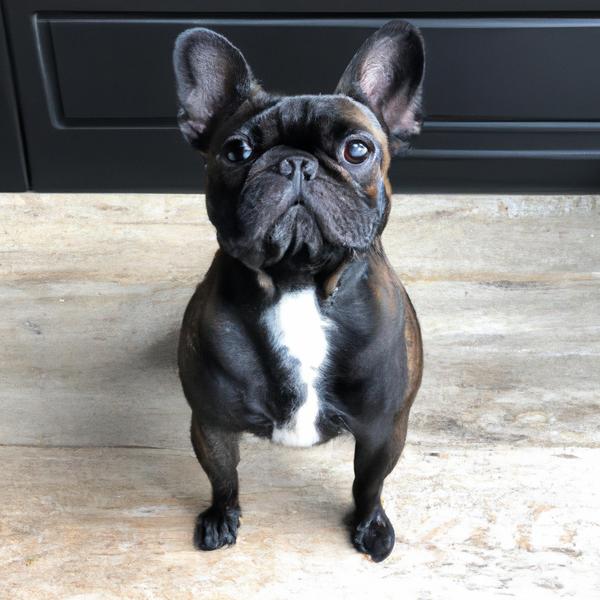
Frenchie Pug
German Shorthaired Lab vs Frenchie Pug
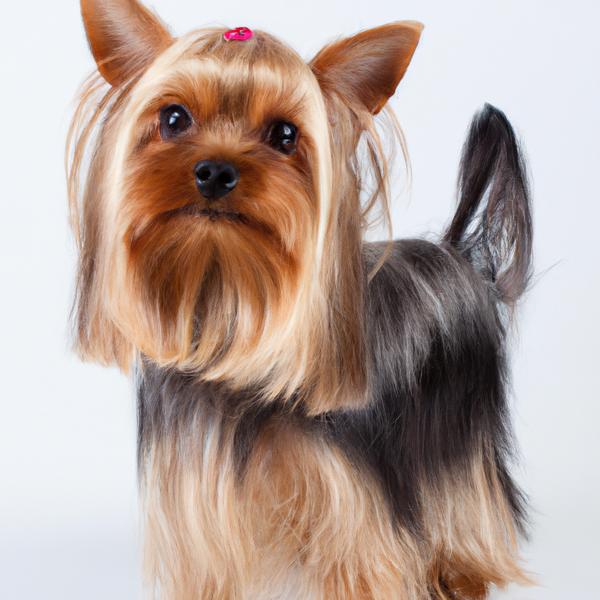
Yorwich
German Shorthaired Lab vs Yorwich
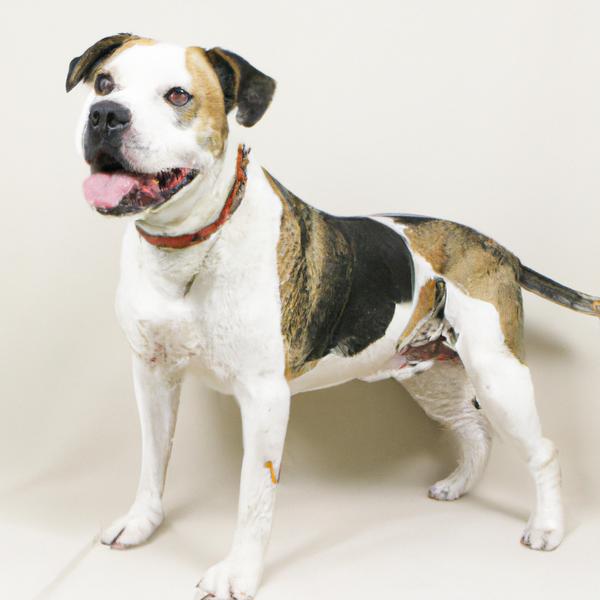
Cane Corxer
German Shorthaired Lab vs Cane Corxer
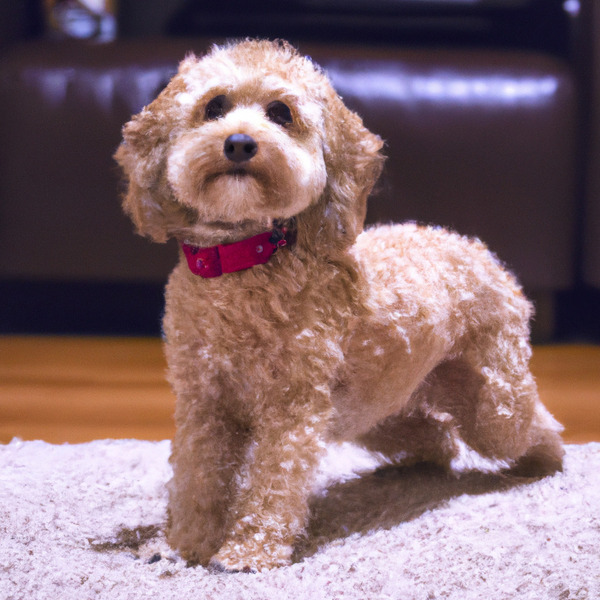
Doxiepoo
German Shorthaired Lab vs Doxiepoo
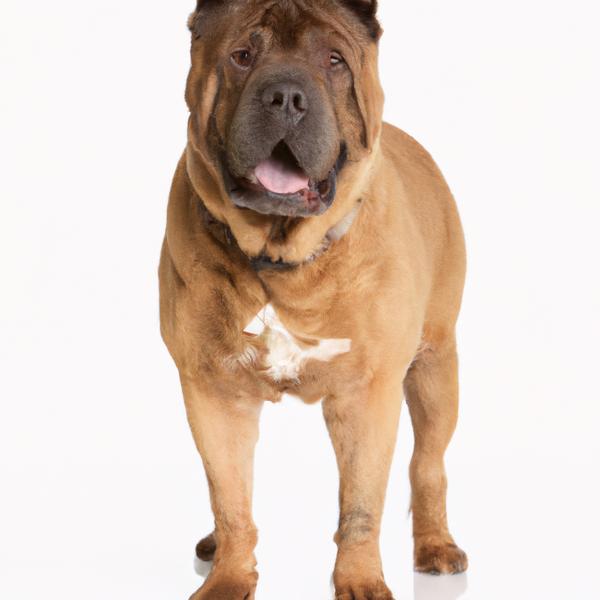
American Chow Bulldog
German Shorthaired Lab vs American Chow Bulldog
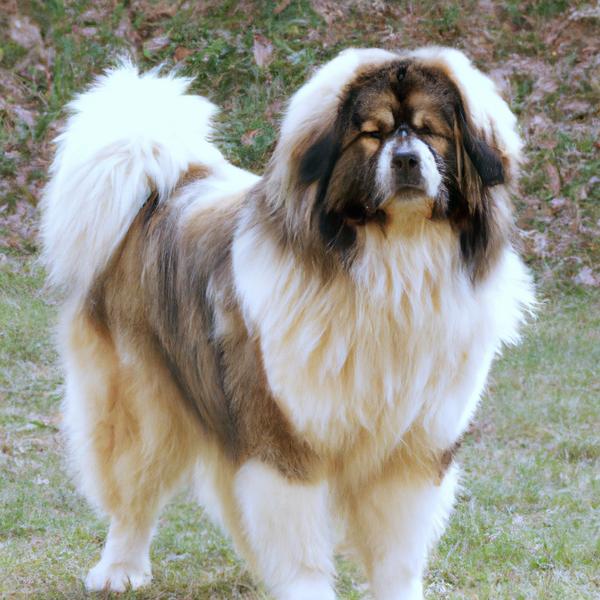
Tibetan Spaltese
German Shorthaired Lab vs Tibetan Spaltese

Pekalier
German Shorthaired Lab vs Pekalier
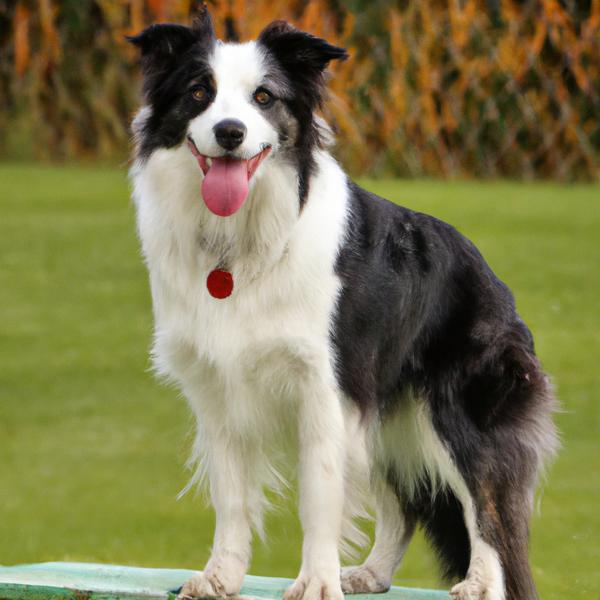
Border Collie Britt
German Shorthaired Lab vs Border Collie Britt
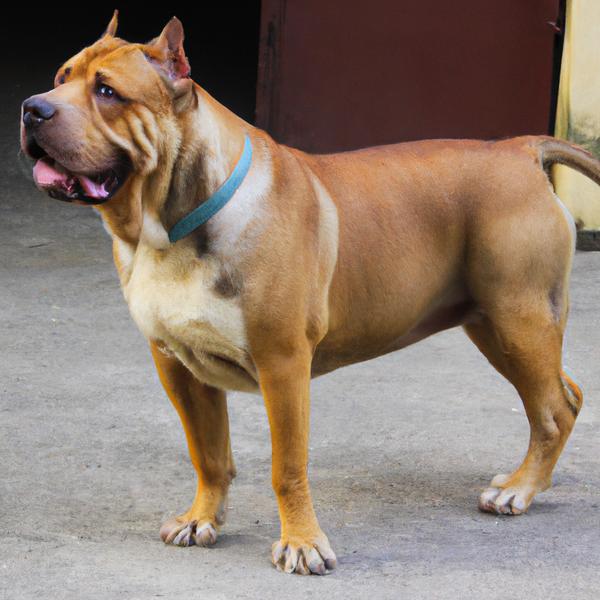
Masti-Bull
German Shorthaired Lab vs Masti-Bull
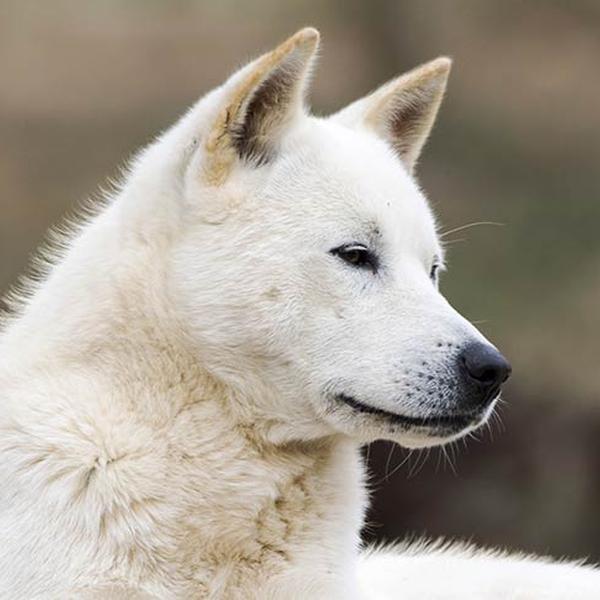
Jindo
German Shorthaired Lab vs Jindo
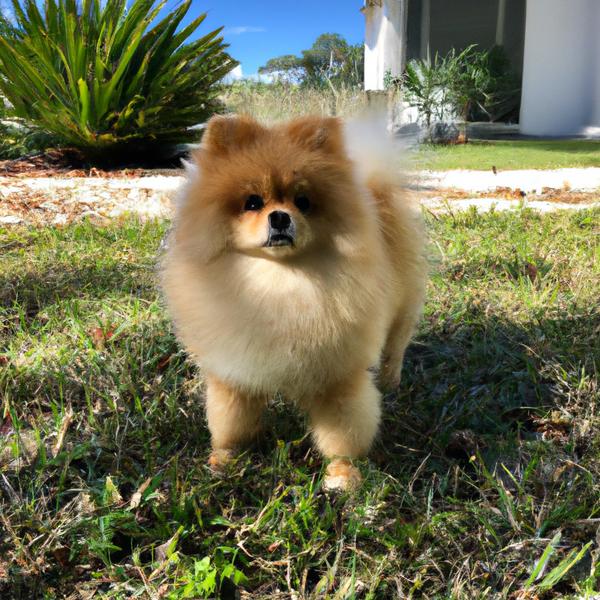
La Pom
German Shorthaired Lab vs La Pom
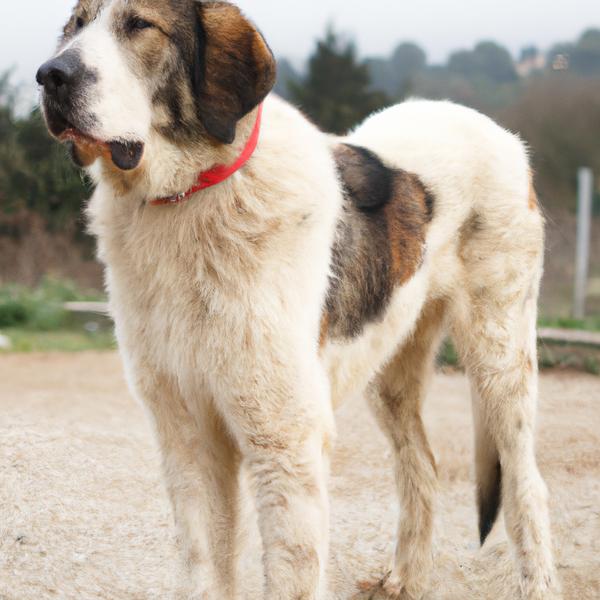
Biton
German Shorthaired Lab vs Biton
